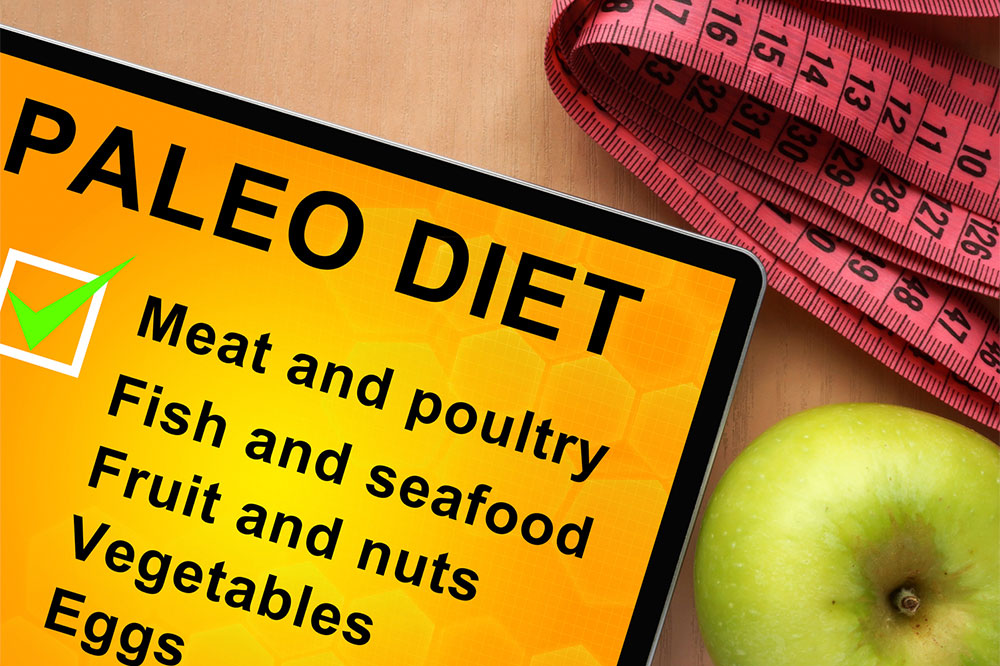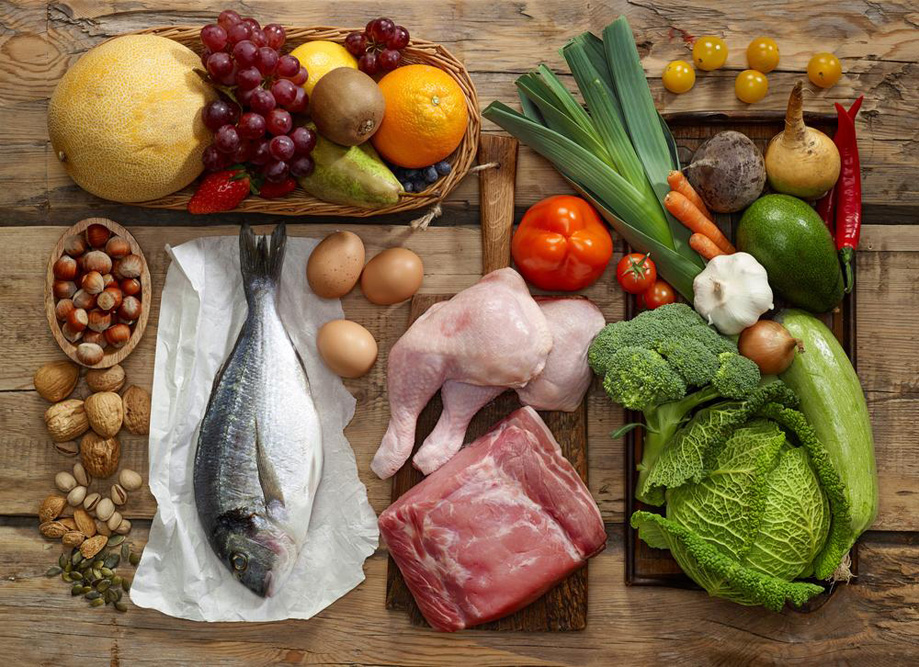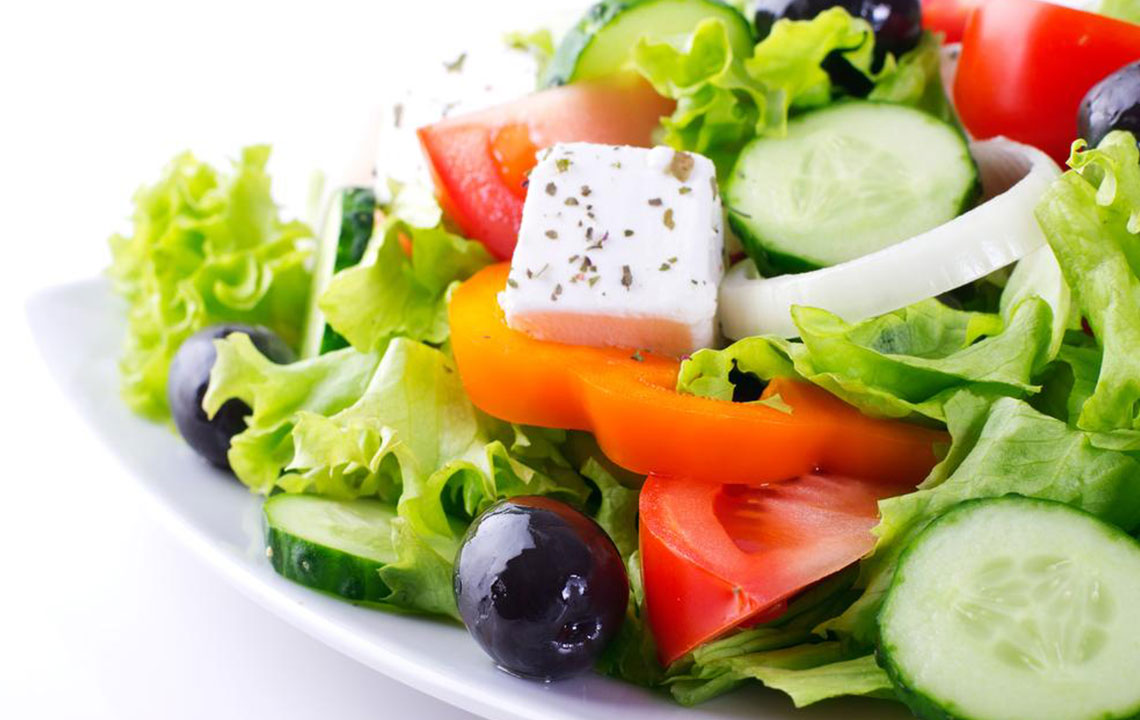Comprehensive Guide to the Paleo Diet: Principles, Meal Planning, and Health Benefits
This comprehensive guide explores the fundamentals of the Paleo diet, including its origins, permitted and restricted foods, meal planning tips, and health benefits. It highlights how embracing whole, unprocessed foods similar to those eaten by ancient hunter-gatherers can improve overall wellness and support sustainable healthy living. The article also discusses potential challenges, offering practical advice for adopting the paleo lifestyle safely and effectively for enduring health improvements.

Exploring the Paleo Diet: Origins, Foods, and Meal Strategies
In recent years, many health enthusiasts and individuals seeking a sustainable and natural lifestyle have turned their attention to traditional eating patterns. The Paleo diet, often dubbed the "Stone Age diet," stands out among various nutritional approaches due to its emphasis on eating like our ancient ancestors. This dietary approach is rooted in the idea that modern human health can be improved by reverting to foods that were available during the Paleolithic era, prior to the advent of agriculture. Understanding the core principles of the Paleo diet, the types of foods permitted and restricted, and how to craft an effective meal plan is crucial for those interested in adopting this lifestyle.
Let's delve deeper into what makes the Paleo diet unique, its potential health benefits, and practical tips for integrating it into your daily routine to achieve optimal wellness.
Home to a wide variety of nutrient-rich, unprocessed foods, the Paleo diet mimics the nutritional landscape of early human societies. Advocates argue that our genetics are better adapted to these ancestral foods, and that modern dietary patterns laden with processed foods, sugars, and grains contribute to rising health issues such as obesity, diabetes, and cardiovascular diseases. This approach encourages a return to eating whole, natural ingredients that promote health and longevity.
What Exactly Is the Paleo Diet?
The Paleo diet is designed to emulate the eating habits of hunter-gatherer societies from the Paleolithic era, approximately 2.5 million to 10,000 years ago. During this time, humans primarily subsisted on a diet composed of natural, unprocessed foods, harvested directly from the land and oceans. The fundamental premise is that our bodies are best suited to thrive on these ancestral foods, as opposed to the highly processed and carbohydrate-rich diets of modern times.
This dietary philosophy is supported by anthropological and nutritional research suggesting that early humans thrived on diets abundant in vegetables, fruits, nuts, seeds, and animal proteins. The shift away from this traditional diet has been linked by some health experts to the prevalence of chronic diseases in contemporary society.
Foods to Incorporate in Your Paleo Diet
Following a paleo-inspired meal plan involves selecting a variety of nutrient-dense foods that would have been accessible to our ancestors. These foods are rich in vitamins, minerals, fibers, and healthy fats, which collectively promote overall health and well-being.
**Vegetables:** Leafy greens like spinach and kale, cruciferous vegetables such as broccoli, cauliflower, and Brussels sprouts, root vegetables like carrots, beets, and sweet potatoes, along with cucumbers, zucchini, and asparagus form the backbone of a paleo vegetable intake.
**Fruits:** Naturally sweet options like apples, berries, bananas, oranges, pomegranates, and avocados provide essential antioxidants, vitamins, and fiber.
**Nuts and Seeds:** A range of nuts including walnuts, almonds, and pistachios, as well as seeds like chia, flaxseed, pumpkin, and sunflower seeds, offer healthy fats and protein.
**Animal Proteins:** High-quality sources include grass-fed beef, pork, lamb, bison, and venison, which supply essential amino acids and nutrients.
**Poultry:** Chicken, turkey, duck, and quails are versatile protein options compatible with paleo principles.
**Eggs:** From various bird species, eggs are an excellent and affordable source of protein and healthy fats.
**Seafood:** Rich in omega-3 fatty acids, options include salmon, tuna, mackerel, shellfish, and shrimp.
**Herbs and Spices:** Fresh herbs like basil, cilantro, thyme, and spices such as ginger and turmeric enhance flavor without added chemicals.
**Healthy Oils:** Emphasize olive oil, flaxseed oil, and walnut oil for cooking and dressings, avoiding trans fats and artificial oils.
**Dark Chocolate:** For indulgence, select dark chocolate with at least 70% cocoa content, which contains antioxidants and less sugar.
Foods to Avoid on the Paleo Diet
To stay true to the paleo philosophy, certain foods that were unavailable during the Paleolithic era or are heavily processed should be eliminated. This includes:
Sugary foods and beverages: Candies, pastries, ice cream, and sodas are high in refined sugars and artificial additives.
Grains: Wheat, rice, oats, barley, rye, and all processed grain products are excluded because grains were not part of early human diets.
Dairy: Milk, cheese, yogurt, butter, and other dairy products are avoided due to their absence in Paleolithic times and potential inflammatory effects.
Legumes: Beans, lentils, peas, peanuts, and soy products are restricted because they contain anti-nutrients and were not consumed in significant amounts historically.
Processed and fried foods: French fries, fried chicken, processed meats like bacon and hot dogs, along with baked goods like donuts, are omitted for their unhealthy fats and additives.
Artificial sweeteners: Substitutes like aspartame, sucralose, and artificial flavors are avoided to maintain a natural approach.
Sample Daily Meal Plan for Paleo Beginners
Starting a paleo lifestyle can be straightforward. Here's an example of a typical day’s meals:
Breakfast: Scrambled eggs cooked in coconut oil, topped with sliced avocado, a handful of fresh berries, and a cup of black coffee or herbal tea.
Lunch: Grilled chicken or turkey salad with mixed greens, cherry tomatoes, cucumbers, and olive oil-based dressing. An orange or apple makes for a satisfying snack.
Dinner: Grass-fed steak, roasted sweet potatoes seasoned with herbs and olive oil, accompanied by steamed asparagus. Hydration is emphasized, with plenty of water or herbal teas.
Plate your meals with mindfulness, focusing on serving size and nutritional balance, while incorporating physical activity into your daily routine to maximize health benefits.Health Benefits of the Paleo Diet
Many studies and anecdotal reports suggest that adopting a paleo diet can lead to a range of health improvements. These include effective weight management, improved insulin sensitivity, better cardiovascular health, and reduced inflammation. The diet's emphasis on whole, unprocessed foods naturally encourages a higher intake of dietary fiber, antioxidants, and healthy fats, which are instrumental in supporting overall health. Additionally, paleo eating can help reduce cravings for sugar and processed foods, making it easier to maintain a balanced diet and achieve long-term health goals.
Potential Challenges and Considerations
While the paleo diet promotes numerous health benefits, it's essential to approach it with awareness of its limitations. Some individuals may experience initial fatigue or 'keto flu' due to drastic carbohydrate reduction. The exclusion of dairy can lead to vitamin D and calcium deficiencies unless compensated with other nutrient-rich foods or supplements. Moreover, high consumption of red meats and processed meats has been associated with increased risks for certain health issues in some studies, so moderation and variety are key. Consulting with a healthcare professional or registered dietitian before making significant dietary changes is advisable to ensure nutritional adequacy.





